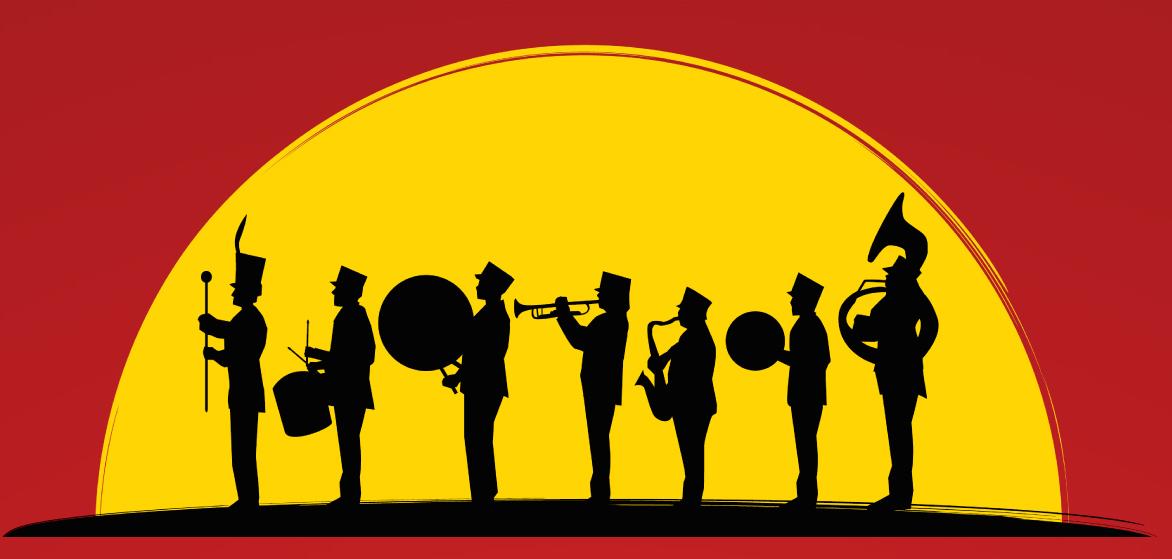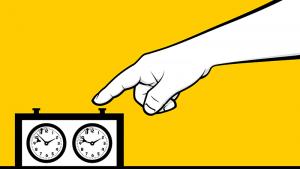
The King March
In every single position — whether opening or endgame, tactical or positional, winning or losing — our priority is to ensure the safety of our king. Indeed, the monarch spends most of the game cowering behind a defensive cocoon, while his subordinates do battle in his name.
However, the presence of heavy pieces does not automatically preclude the king from venturing out of his castle and wreaking havoc upon the enemy ranks. In a sense, the king resembles a soccer goalkeeper. When the situation is desperate, the goalie abandons his post, lending additional firepower to the offense. In the same vein, the king — his limited mobility notwithstanding — is a full-fledged attacking weapon.
In this article, we will examine several memorable instances in which players exploited the monarch's hidden potential to great effect.

Let us start with the king march of all king marches, a game whose beauty and instructive value transcend its triteness.
Short's famous king march is equally dazzling in its beauty and simplicity. Indeed, the monarch's outwardly audacious journey to h6 was actually quite uneventful, since all of Black's pieces were literally pinned to their spots.
Of course, an excursion of this sort does not always go smoothly. However, the king is an extremely slippery piece; one must often expend considerable effort and force to deprive it of all escape squares. In the following recent tour-de-force, Czech GM David Navara shows just how resilient the monarch can be in times of danger.
While 22.Kf4 was not an objectively strong move, its psychological effect on Wojtaszek was enormous. The position reeked of checkmate, yet no mating or combination presented itself. As a consequence, the Polish GM was unable to regain his composure and eventually allowed the monarch to reach the land of milk and honey (or less dramatically, the h8-square). The finale notwithstanding, Navara's play deserves the utmost praise.
Apart from intensifying the attack and confronting your opponent with tremendous practical and psychological difficulties, a king march can serve a defensive purpose. When there is no solace to be found on either flank, try the center!
A master class by one of the greatest defenders (and endgame players) of all time. When annotating the game for Mastering Positional Chess, I was astonished by the effortless, almost impudent way in which the king ran circles around White's entire army.
Whatever your level or playing style, remember that the king does not need to remain motionless in the middlegame!



